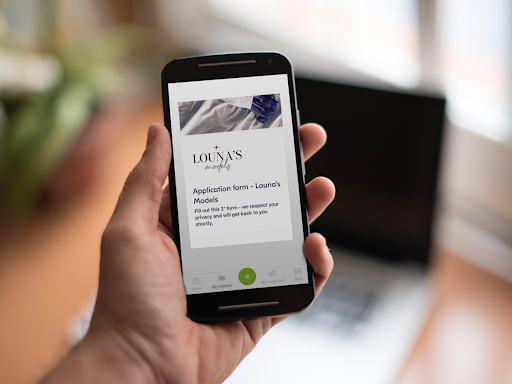How to Tell If an OnlyFans Account Is Fake
In recent years, OnlyFans has transformed the way adult creators, influencers, and artists monetize their content. The platform’s popularity stems from the direct connection with fans, creative control, and the potential to generate substantial income. However, this rise has also brought a growing issue: fake profiles.
As interest in the platform increases, so does the number of scammers looking to exploit unsuspecting users. These fake accounts may steal content, request payments without delivering anything, or impersonate real models.
Knowing how to tell if an onlyfans account is fake has become a crucial skill to protect both creators and subscribers.
Common Signs to Identify a Fake OnlyFans Account
Check Profile Activity
One of the most effective ways to spot a fake account is by reviewing its activity. Genuine profiles usually post regularly, offering varied and personalized content for their audience. If an account has very few posts or uses generic, recycled images found elsewhere online, it’s a strong red flag. Lack of engagement or generic auto-replies are also signs of suspicious behavior.

Evaluate the Bio and External Links
The profile bio is another key indicator. A vague or poorly written bio with grammar mistakes should raise concerns. Authentic accounts often include detailed descriptions and links to verifiable social media. A total absence of external links can signal that the account is not legitimate.
Social Media Presence
Real OnlyFans creators typically have an active presence on platforms like Instagram, Twitter, or TikTok. These channels are used to promote their content and engage with followers. When checking their social media, look for consistency in content style and messaging compared to their OnlyFans account. If the vibe doesn’t match, it’s likely a fake profile.
Techniques and Tactics Used by Fake Accounts to Scam
Custom Content Offers with External Payments
A frequent trick used by fake profiles is offering personalized content in exchange for payments via PayPal, Cash App, or crypto. Not only is this against OnlyFans’ terms, but it’s also a common scam.
Overly Personal or Quickly Romantic Messages
Scammers often use emotional manipulation to gain trust. They send onlyfans messages full of affection or fast-paced romantic interest to emotionally disarm the user. This kind of messaging feels forced and unnatural, which is a sign that you’re not dealing with a real creator but someone trying to exploit emotional vulnerabilities.
Fake Collaboration Requests or Shady Promotions
Another red flag is receiving messages from alleged promoters or agencies that promise thousands of followers for a fee. Some may even ask for your account credentials to “optimize your page.” This is a huge warning sign: real creators never share login information or fall for empty promises. Always verify credibility before engaging with such offers.
Verification and Security Tools for Users and Creators
The Importance of Account Verification
OnlyFans has a strict verification process designed to protect both creators and subscribers. This involves submitting a valid ID along with a matching selfie. This ensures that each account belongs to a real person. The onlyfans age verification process is essential not only for legal compliance but also to prevent the rise of fake profiles and misuse of the platform.

Age Limits and Registration Rules
OnlyFans is strictly for adults, which means that users must be at least 18 years old to sign up. The only fans age limit is a key safeguard to prevent minors from accessing adult content and to maintain a safe environment for both creators and fans. Any attempt to bypass this rule is a serious violation and can lead to permanent account removal.